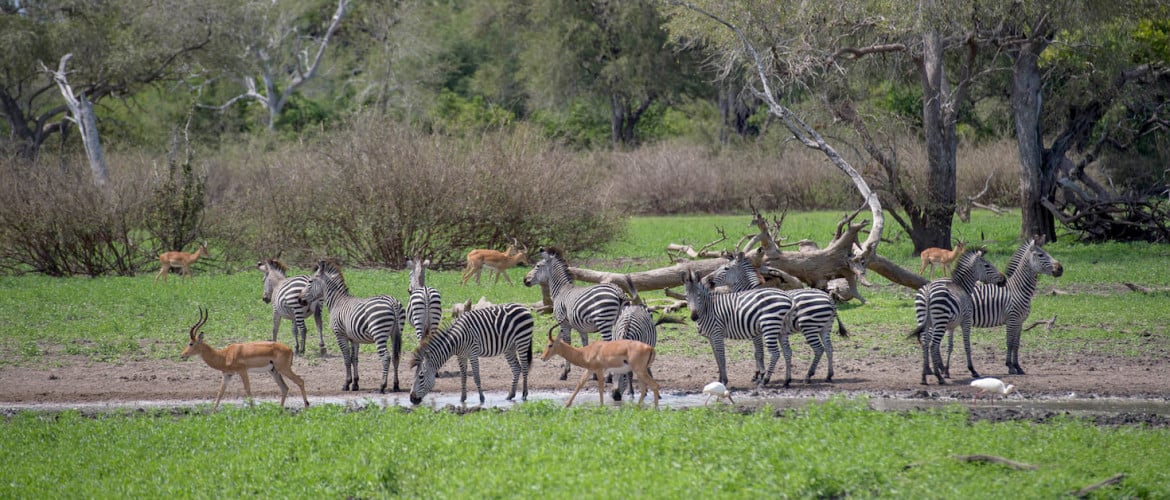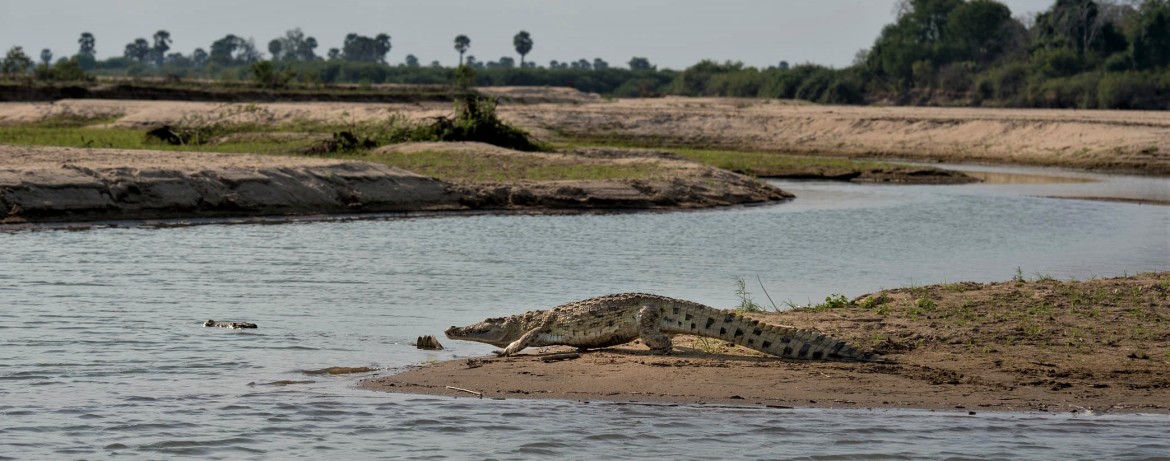What is a Sundowner?
What is a game drive?
Tanzania Safari Packing List
How long should a Tanzania safari be?
Tented Camps | Glamping Safari Tanzania
What age can you take a child on safari?
Tanzania Safari Guide
Tanzania Safari lodges | Safari hotels
[...]


